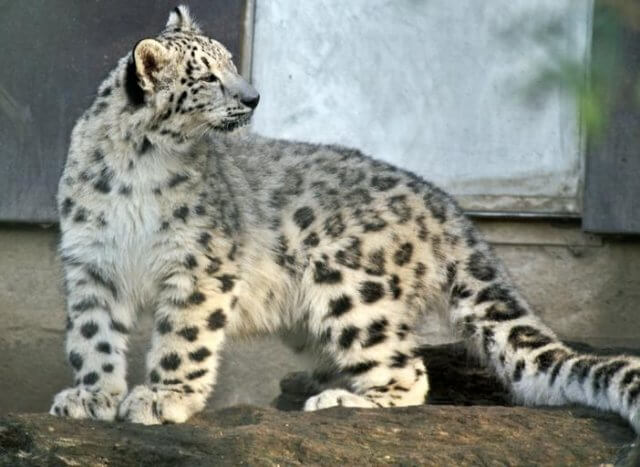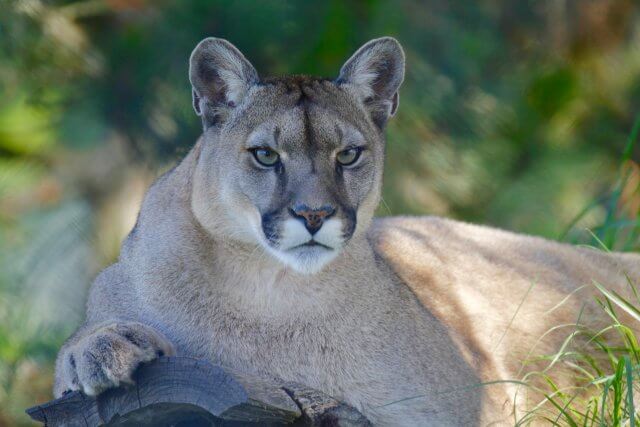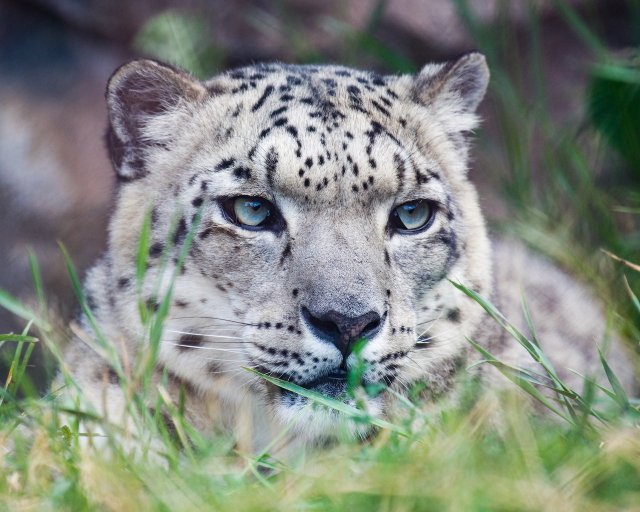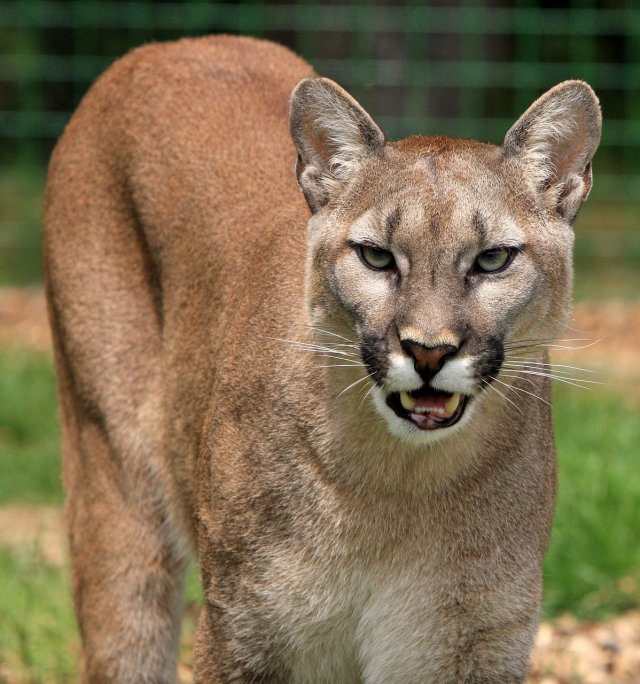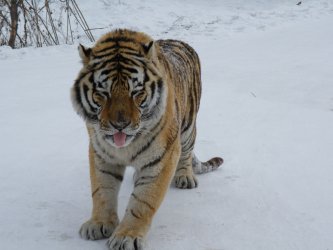Conserving Snow Leopards: Protecting an Endangered Species
Snow leopards are one of the most elusive and majestic creatures on our planet. These beautiful big cats are native to the rugged and remote mountain ranges of Central and South Asia, where they have roamed for thousands of years. However, their population has been steadily declining due to various threats, including habitat loss, poaching, and climate change. As a result, snow leopards are now considered an endangered species, with only an estimated 4,000-6,500 individuals remaining in the wild. In order to protect and conserve these magnificent animals, efforts are being made to raise awareness and implement conservation measures. In this essay, we will explore the importance of conserving snow leopards and the steps being taken to protect this endangered species.
The Importance of Community-Based Conservation Efforts for Snow Leopards
Snow leopards, also known as the “ghosts of the mountains,” are one of the most elusive and majestic creatures on our planet. These solitary and elusive cats are found in the high-altitude regions of Central and South Asia, including the Himalayas, the Tibetan Plateau, and the mountains of Afghanistan. Unfortunately, these magnificent creatures are facing a severe threat of extinction, with only an estimated 4,000-6,500 individuals remaining in the wild. The main reasons for their decline are habitat loss, poaching, and retaliatory killings by local communities. In order to save this endangered species, it is crucial to involve local communities in conservation efforts.
Community-based conservation is a conservation approach that involves the participation of local communities in the management and protection of natural resources. This approach recognizes the importance of involving local people in conservation efforts, as they are the ones who live in close proximity to the snow leopards’ habitat and are directly impacted by their presence. By involving local communities, conservation efforts can be more effective and sustainable.
One of the main reasons for the decline of snow leopards is habitat loss. These cats require vast areas of undisturbed habitat to survive, and with the increasing human population and development in their range, their habitat is being fragmented and degraded. This is where community-based conservation efforts come into play. By involving local communities in habitat protection and restoration, we can ensure that the snow leopards have a safe and suitable environment to thrive in.
Local communities can also play a crucial role in reducing poaching and retaliatory killings of snow leopards. In many areas, snow leopards are killed by herders in retaliation for preying on their livestock. This is a significant threat to the survival of these cats, as it not only reduces their population but also creates a negative perception of them among the local communities. By involving these communities in conservation efforts, we can educate them about the importance of snow leopards and provide them with alternative livelihood options, such as ecotourism, which can reduce their dependence on livestock.
Moreover, community-based conservation efforts can also help in monitoring and research of snow leopards. These cats are notoriously difficult to study due to their elusive nature, and their habitat is often remote and inaccessible. By involving local communities, we can train and equip them to monitor snow leopards and their prey, collect data, and report any sightings or threats. This not only helps in understanding the behavior and ecology of these cats but also creates a sense of ownership and responsibility among the local communities towards their conservation.
In addition to the direct benefits of involving local communities in conservation efforts, there are also indirect benefits. By working closely with these communities, we can build trust and foster a sense of partnership, which is crucial for the success of any conservation program. This can also lead to the development of sustainable and long-term solutions that benefit both the snow leopards and the local communities.
Furthermore, community-based conservation efforts can also help in addressing the underlying causes of human-wildlife conflict. By involving local communities in decision-making processes, we can understand their concerns and work towards finding solutions that are acceptable to both parties. This can help in reducing the negative attitudes towards snow leopards and promote coexistence between humans and wildlife.
In conclusion, community-based conservation efforts are crucial for the survival of snow leopards. By involving local communities in conservation efforts, we can address the main threats to these cats and ensure their long-term survival. It is essential to recognize the importance of local communities in conservation and work towards building partnerships that benefit both the snow leopards and the people who share their habitat. Only by working together can we protect this magnificent species and preserve the biodiversity of our planet.
The Role of Technology in Monitoring and Protecting Snow Leopard Populations
Snow leopards, also known as the “ghosts of the mountains,” are one of the most elusive and endangered species in the world. These majestic creatures are found in the high-altitude regions of Central and South Asia, and their population has been declining rapidly due to various threats such as poaching, habitat loss, and human-wildlife conflict. In order to conserve and protect these magnificent animals, it is crucial to monitor their populations and understand their behavior. This is where technology plays a vital role.
Technology has revolutionized the way we study and monitor wildlife, and it has proven to be a valuable tool in the conservation of snow leopards. One of the most significant contributions of technology in this field is the use of camera traps. These are motion-activated cameras that are strategically placed in the snow leopard’s habitat to capture their movements and behavior. Camera traps have been instrumental in providing valuable insights into the lives of these elusive cats, which were previously unknown.
The use of GPS collars is another technological advancement that has greatly aided in monitoring snow leopard populations. These collars are fitted on the animals, and they transmit data on their movements, behavior, and habitat use. This information is crucial in understanding the snow leopards’ home range, migration patterns, and potential threats they may face. It also helps in identifying key areas for conservation efforts.
In addition to monitoring, technology has also played a significant role in mitigating human-wildlife conflict. Snow leopards often come into conflict with local communities, as they prey on livestock, which is the main source of income for many people living in the snow leopard’s habitat. To address this issue, researchers have developed a technology called “Foxlights.” These are solar-powered lights that mimic the eyes of a predator and deter snow leopards from attacking livestock. This simple yet effective solution has not only reduced human-wildlife conflict but also improved the livelihoods of local communities.
Another innovative technology that has been used in snow leopard conservation is the use of drones. Drones equipped with thermal imaging cameras can cover large areas of snow leopard habitat in a short period of time, providing valuable data on their distribution and population. This technology has proven to be more efficient and cost-effective than traditional methods of surveying, such as foot patrols or helicopter surveys.
Apart from monitoring and mitigating conflict, technology has also been used in raising awareness and educating the public about the importance of snow leopard conservation. Virtual reality (VR) technology has been used to create immersive experiences that allow people to see the world through the eyes of a snow leopard. This has been a powerful tool in educating and engaging people, especially the younger generation, in conservation efforts.
Furthermore, technology has also been used in genetic research to understand the genetic diversity and relatedness of snow leopard populations. This information is crucial in developing effective conservation strategies, such as captive breeding programs, to ensure the long-term survival of the species.
In conclusion, technology has played a crucial role in monitoring and protecting snow leopard populations. From camera traps and GPS collars to drones and virtual reality, these technological advancements have provided valuable insights into the lives of these elusive cats and aided in their conservation. However, it is important to note that technology alone cannot save the snow leopards. It is essential to combine it with community involvement, policy changes, and sustainable development practices to ensure the long-term survival of this endangered species. As technology continues to advance, we must continue to utilize it in our efforts to conserve and protect the “ghosts of the mountains.”
Conclusion
In conclusion, conserving snow leopards is crucial in protecting this endangered species from extinction. These majestic creatures play a vital role in maintaining the balance of their ecosystem and their loss would have a significant impact on the environment. It is important for governments, organizations, and individuals to work together to implement conservation efforts such as protecting their habitats, reducing human-wildlife conflicts, and promoting sustainable practices. By taking action now, we can ensure the survival of snow leopards for future generations to appreciate and admire. Let us all do our part in protecting these magnificent animals and preserving the biodiversity of our planet.
Read More About Snow Leopards From Wikipedia

